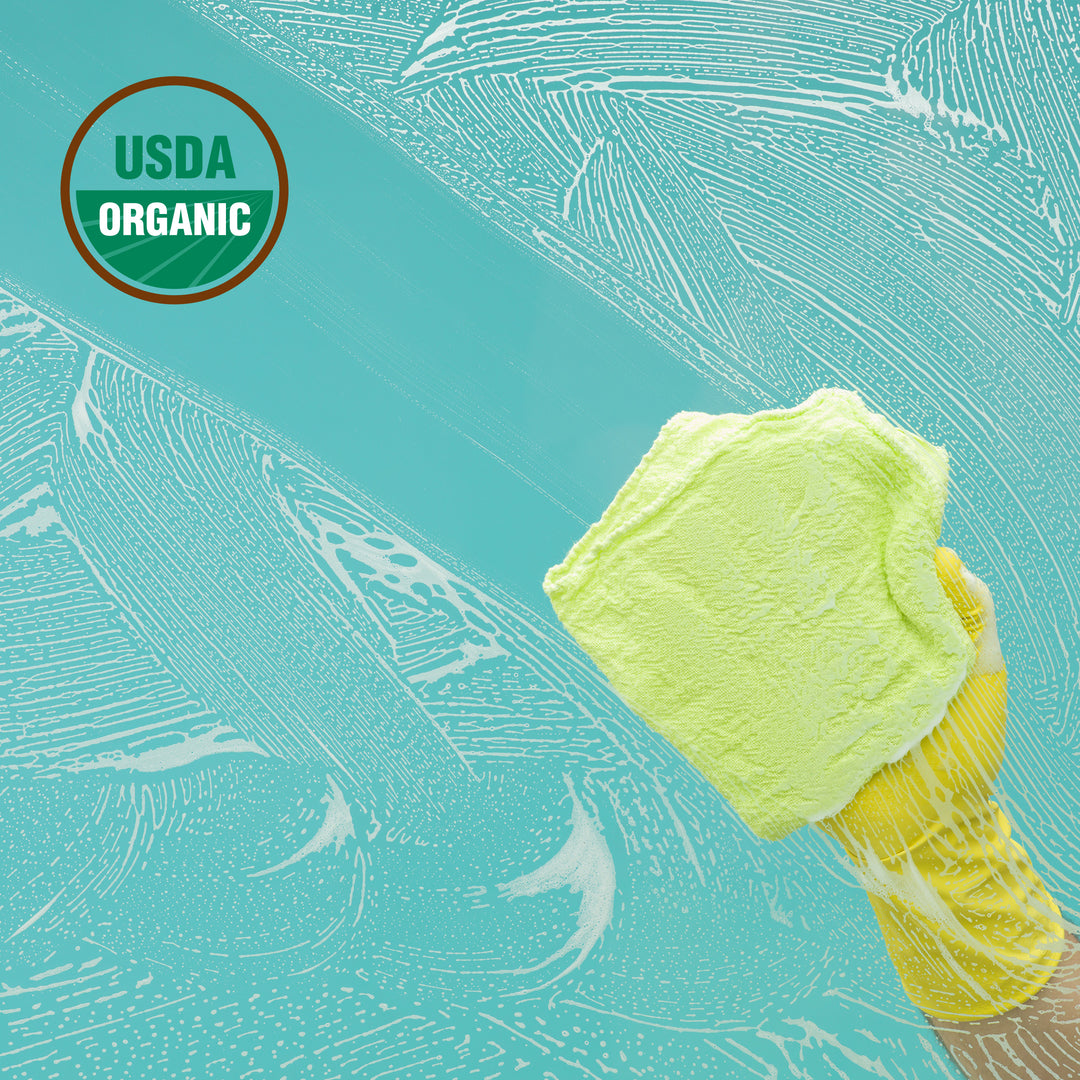Homemade Hand Sanitizer Recipe Using 200 Proof Food Grade Ethanol

When it comes to your family's health and safety, only the best will do.
Not all sanitizers and disinfectants are created equal, and not all are safe to use across all applications and on all surfaces. Recent announcements by the FDA concerning methanol have caused further concern for parents and caregivers to ensure the hand sanitizer they are using is safe and nontoxic.
When it comes to killing germs and viruses, including flu viruses, it's important to keep our home and environment as safe and as nontoxic as possible. Eliminate harmful toxic chemicals from your home, office, or nursery when disinfecting surfaces, areas, tools, toys....everything, by using only pure food grade ethyl alcohol (ethanol) whenever possible. Culinary Solvent is pure ethyl alcohol, nondenatured (non-toxic) and delivered to your door direct from the distillery in Northern Maine.
Homemade Hand Sanitizer Recipe
Yield: 12 fl oz hand sanitizer
Final Concentration After Mixing: 66%
Heads Up! It is important to measure your ingredients when making this recipe, if you dilute the alcohol too much (below 60%) you will be spreading germs not killing them! When in doubt, use more alcohol to ensure the effective killing of germs and viruses.
Ingredients:
- 8 fl oz, of 200 Proof (100%) Ethyl Alcohol. (Buy 200 Proof Ethyl Alcohol Here)
- 4 fl oz aloe gel (or any other moisturizing gel/lotion/cream/water)
Step 1 - In a glass bowl, combine the alcohol with the moisturizing gel/lotion/cream using the ratios provided above. Mix well with a whisk until combined thoroughly. If you shake to mix, allow time for the air bubbles to dissipate out of the foam created when shaking. This resting period will improve the final feel significantly.
Step 2 - Store your new homemade hand sanitizer in a bottle or container with a tight fitting lid. Plastic or glass is preferable over metal containers.
Congratulations!
Your homemade hand sanitizer is finished and ready to kill some germs and viruses. Nice work!















